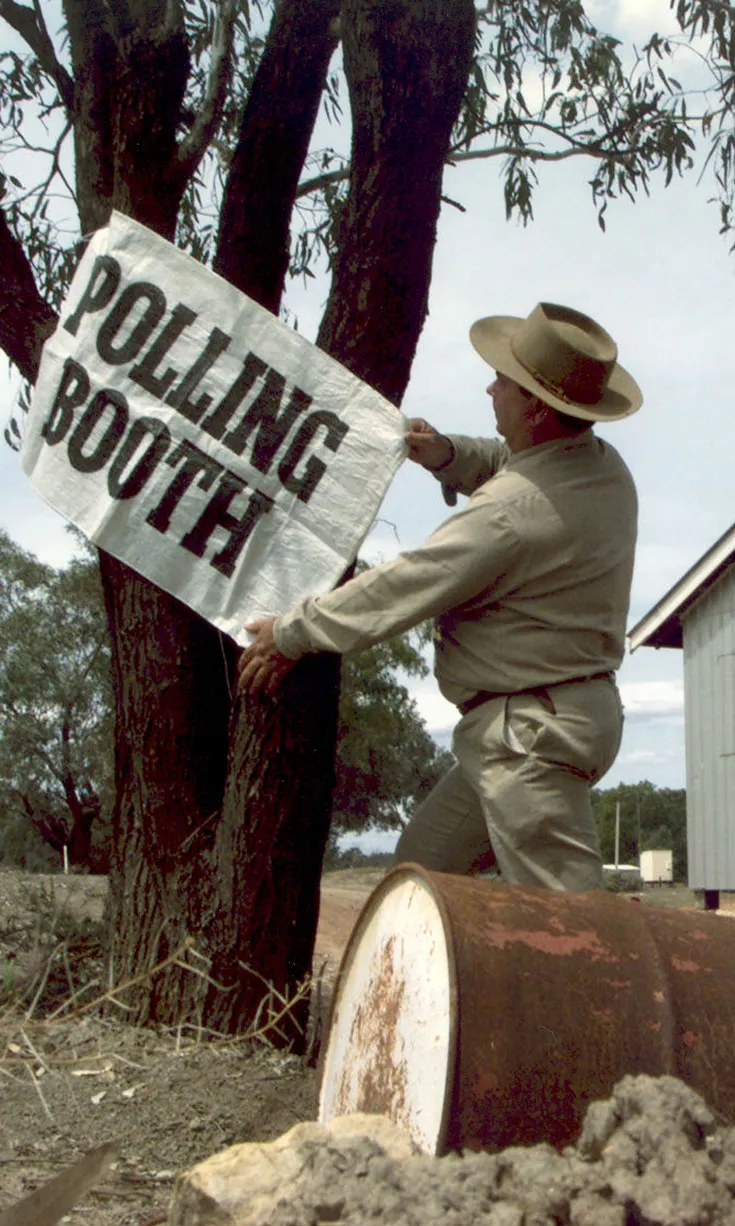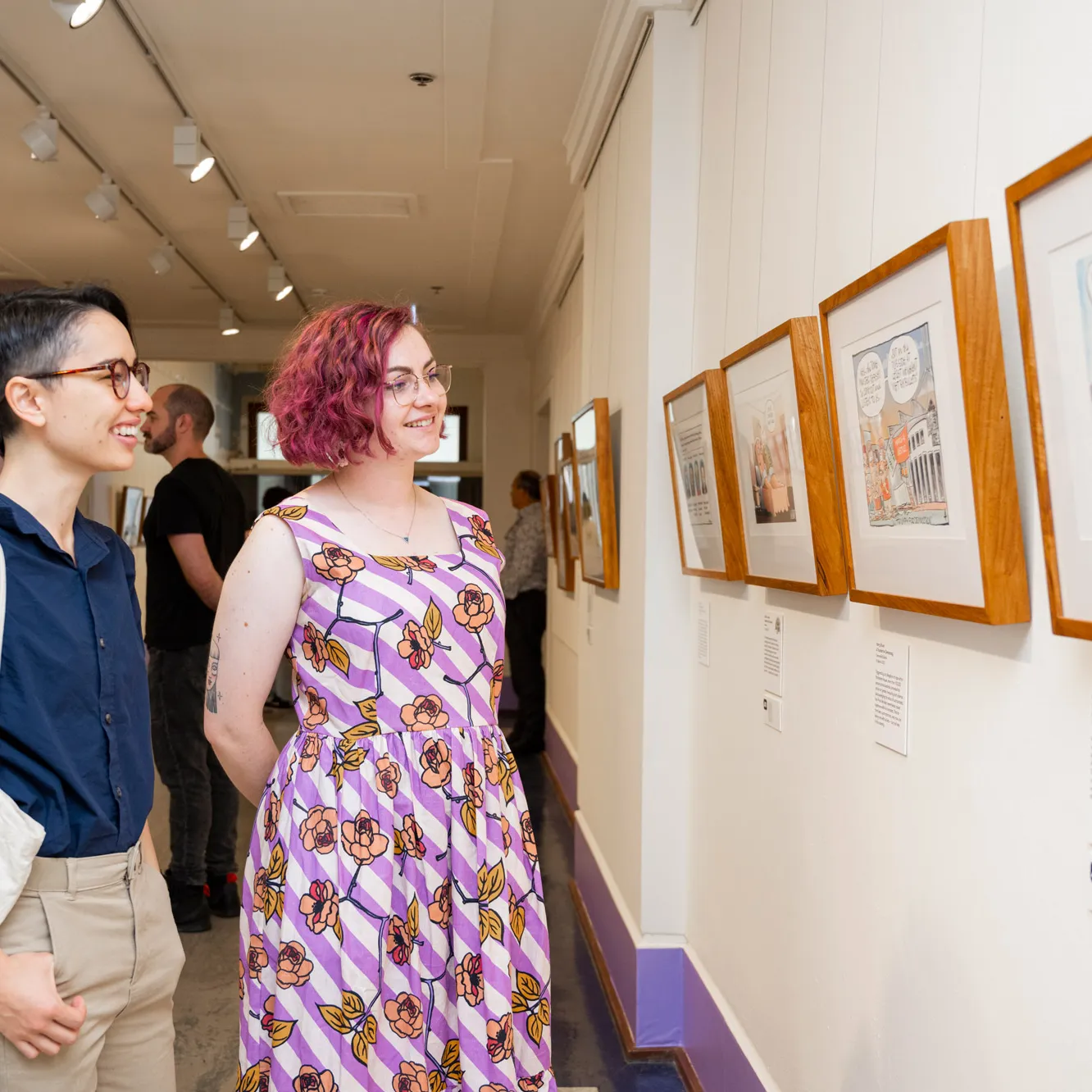How to vote in Australia
Your guide to voting in Australian elections.
Is voting compulsory in Australia?
Yes, voting in Australian elections is compulsory for Australian citizens aged 18 years or older.
Compulsory voting was introduced in 1924 to try to increase low voter turnout. It was a great success. At the 1925 federal election, Prime Minister Stanley Bruce and his incumbent Nationalist-Country coalition were returned to government with a voter turnout of over 91%. The previous federal election held in 1922 had just 59% voter turnout.
What is the voting age in Australia?
The voting age in Australia is 18 years or older. Originally the voting age was 21 years or older, but in 1973 Federal Parliament passed an Act to lower the voting age to 18.
Do you need to enrol to vote?
Yes, even though voting is compulsory, you still need to enrol to vote. You can enrol on the Australian Electoral Commission (AEC) website.
How do you know which electorate to vote in?
You can check the electorate you live in on the AEC website. Enter your suburb or postcode on the website and it will tell you which electoral division you live in.
Where do you go to vote?
Before an election, the AEC website lists polling places where you can go to vote. Typically, local schools and community halls are polling places. If you're voting in Canberra in a federal election or referendum, you can vote here at Old Parliament House. Some polling places are open for pre-polling (early voting) before election day.



Image one: People voting at a polling station in Sydney's Bondi Beach, 7 September 2013. Photograph William West/AFP via Getty Images
Images two and three: Photography courtesy of the Australian Electoral Commission
What happens at the polling place?
Polling places on election day can be busy and there is often a fundraising barbecue, serving up the famous 'democracy sausage'.
On your way into the polling place, you might see people handing out how to vote cards and campaign leaflets. They are usually volunteers for candidates or parties. There are strict rules around canvassing which vary between federal, state and local elections. In federal elections, for example, canvassing isn't allowed inside a polling place or within six metres of a polling place entrance, and canvassers can't solicit your vote or tell you who to vote for.
You'll need to join the queue, which will be marked. You shouldn't have to wait for more than a few minutes. Once you reach the polling place door, you'll be ushered inside to a table, where an AEC official will be seated.
Polling officials wear tags to identify them as well as vests. The official will ask you for your name and address. They'll check the roll to ensure you're on it, then cross your name off. They'll hand you your ballot papers or send you to another official to get them. When a booth is available, you'll be pointed to it by an official.
Use the pencil provided to fill out the ballot papers. If you make a mistake when filling them out, ask an official for another set. Some states and territories may also offer electronic voting for local elections, the instructions for how to do this will be provided at your polling place if this is an option.
When you're done, take your ballot papers to the boxes. The boxes will be clearly marked and will have an official standing by them. Place the right paper in the right box. An official will point you to the exit and if you're hungry, you might like to enjoy a post-vote democracy sausage or slice of cake.


People voting in the Constitution Alteration (Prices) referendum in Victoria in 1973.
Photograph NAA: A6135, K12/12/73/8
Are there instructions for how to vote?
Yes, there are instructions on the ballot papers, and if you need help ask an AEC official. Plus, the AEC has a handy guide to voting, and even lets you practise. If you go to the AEC website, you can practise as much as you need to make sure you get it right.
When do we know the election results?
In Australia, polling days for elections are held on a Saturday to allow everyone the chance to vote, and although the full count of every vote can take weeks, we generally know who's won by mid-evening on that Saturday night. When one party has a very clear lead, it's usually apparent quite early. However, in your specific electorate, it could be a while before the full result is known.

Counting the votes.
Photograph courtesy of the Australian Electoral Commission
What is the democracy sausage?
As polling days are on Saturday and polling stations are often at local schools, voting in Australia is a family-friendly community event with a long history of fundraising with a cake stall or a sausage sizzle. According to MoAD's Kate Armstrong, 'The term "democracy sausage" was coined around 2010 when a Snag Votes website listed and mapped the polling places in Brisbane offering a snag – or sausage – in bread with onions and tomato sauce, if you wanted to get fancy. In 2016, the Australian National Dictionary Centre selected "democracy sausage" as the word of the year, cementing the place of the sausage sizzle in the serious act of voting and in Australians' pride in their democracy and democratic traditions.'
What are 'how to vote' cards?
These cards are produced by parties and candidates, and they are only suggestions. A 'how to vote' card is legally required to have the party clearly identified on it, and you are under no obligation to follow it. Most parties issue these cards to voters to indicate how they would like them to number their boxes, usually due to the political views of the candidates. You don't have to follow them, and you can refuse to take one from anyone who offers it. You decide where your vote goes.









